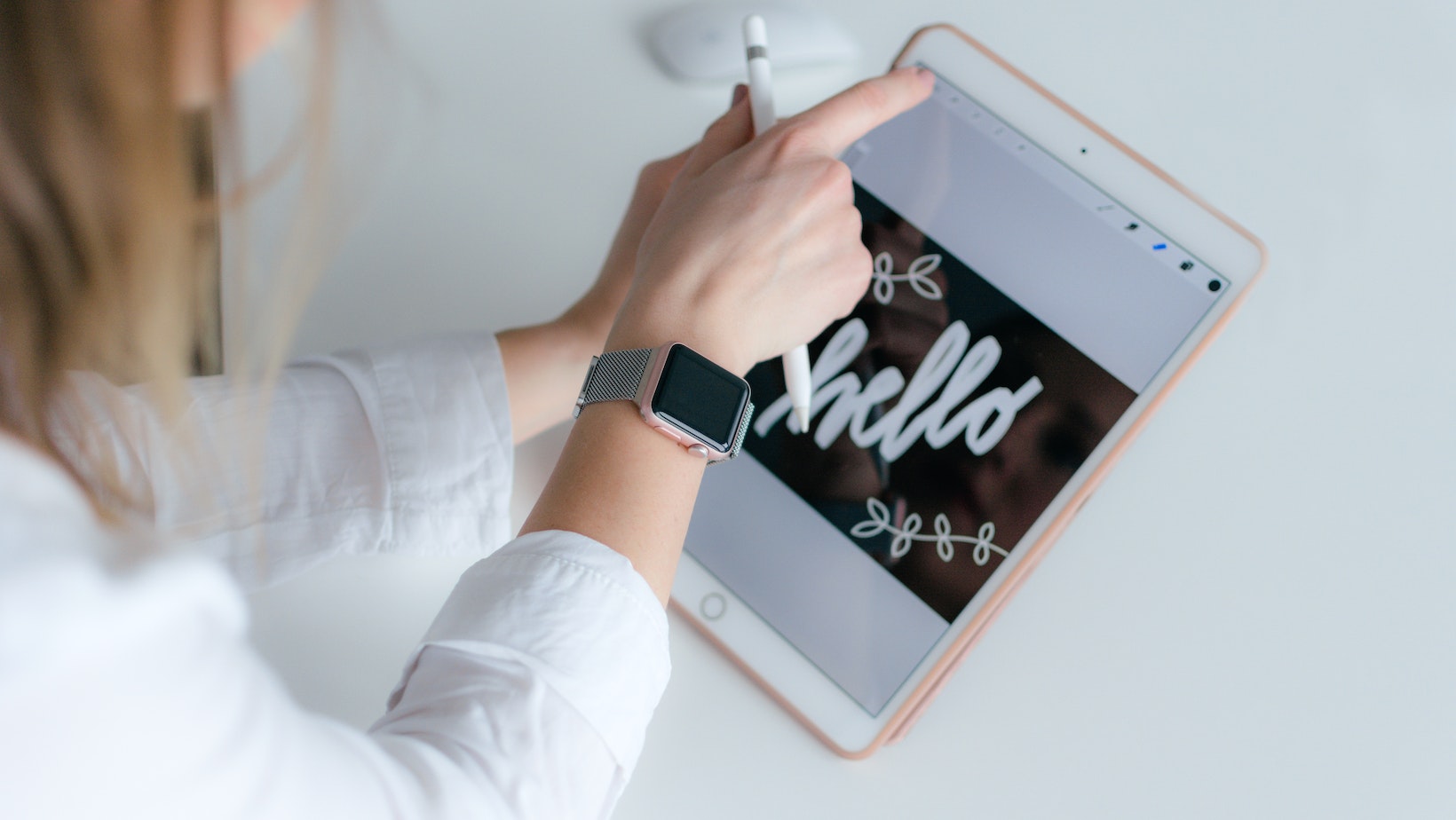Why Did You Want To Become A Designer?
Becoming a designer was a natural calling for me. From an early age, I was drawn to creativity and the power of visual communication. The ability to translate ideas into tangible designs fascinated me, and I knew that pursuing a career in design would allow me to combine my passion with my skills.
Design is not just about making things look aesthetically pleasing; it’s about solving problems and creating meaningful experiences. As a designer, I have the opportunity to shape how people interact with the world around them. Whether it’s crafting user-friendly interfaces or designing impactful branding, every project presents its unique challenges and rewards.
Moreover, I wanted to become a designer because it offered endless possibilities for growth and learning. Design is constantly evolving, driven by new technologies and changing trends. This ever-changing landscape keeps me on my toes, pushing me to stay curious and innovative in my approach.
Becoming a designer allowed me to merge my creative instincts with problem-solving skills while offering continuous opportunities for personal growth. It’s an exciting journey filled with challenges that fuel my passion for design every day.
Discovering The Artistic Passion
When I reflect on why I wanted to become a designer, it all comes down to discovering my artistic passion. From an early age, I found myself captivated by the world of creativity and design. The ability to bring ideas to life through visual expression fascinated me deeply.
One of the main reasons why I was drawn towards becoming a designer was the opportunity it presented to blend art with functionality. Design allows me to create not just beautiful visuals, but also meaningful and purposeful experiences for users. Whether it’s designing a website that enhances user interaction or crafting a logo that captures the essence of a brand, being able to merge aesthetics with practicality is truly fulfilling.
Moreover, becoming a designer offered me endless opportunities for growth and learning. The field is ever-evolving, with new trends, technologies, and techniques constantly emerging. This dynamic nature keeps me on my toes and pushes me to continually expand my skill set. It’s exhilarating knowing that there will always be something new to explore or experiment with in the world of design.

Exploring Different Design Disciplines
When I first embarked on my journey to become a designer, I was captivated by the endless possibilities and creative freedom that this field offered. The question of “why did you want to become a designer?” can be answered in various ways, as different individuals are drawn to different design disciplines based on their unique interests and passions.
One of the fascinating aspects of being a designer is the opportunity to explore and specialize in various design disciplines. Each discipline brings its own set of challenges and rewards, allowing designers to delve into specific areas of expertise. Here are a few examples of different design disciplines that designers may choose to pursue:
- Graphic Design: Graphic designers use their artistic skills and visual communication techniques to create captivating designs for print or digital media. They play with colors, typography, layouts, and images to convey messages effectively.
- User Experience (UX) Design: UX designers focus on creating seamless user experiences by understanding user behavior and designing intuitive interfaces for websites, mobile apps, or software applications. They conduct research, create wireframes, and test prototypes to ensure optimal user satisfaction.
- Industrial Design: Industrial designers blend creativity with functionality as they conceive and develop products ranging from furniture pieces to consumer electronics. They consider factors like ergonomics, aesthetics, materials, and manufacturing processes while bringing ideas from sketches to real-world products.
- Interior Design: Interior designers transform spaces into aesthetically pleasing environments that cater to both form and function. They work closely with clients to understand their needs and preferences while incorporating elements like lighting, color schemes, furnishings, and spatial arrangements.
- Fashion Design: Fashion designers bring their visions to life by creating clothing collections that reflect trends or showcase unique styles. From sketching initial designs to selecting fabrics and overseeing production processes, fashion designers have an eye for detail along with a passion for creativity.
These are just a few glimpses into the diverse world of design disciplines. The choice to specialize in a particular discipline often stems from personal interests, strengths, and the desire to make an impact in a specific area. By exploring different design disciplines, designers can expand their skillsets, discover new passions, and contribute to various industries in meaningful ways.

